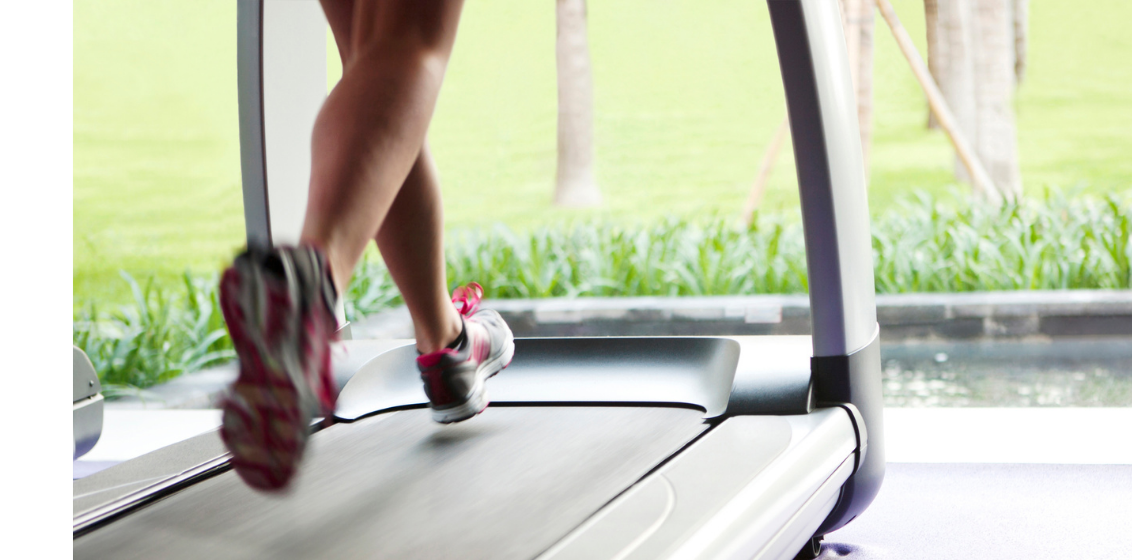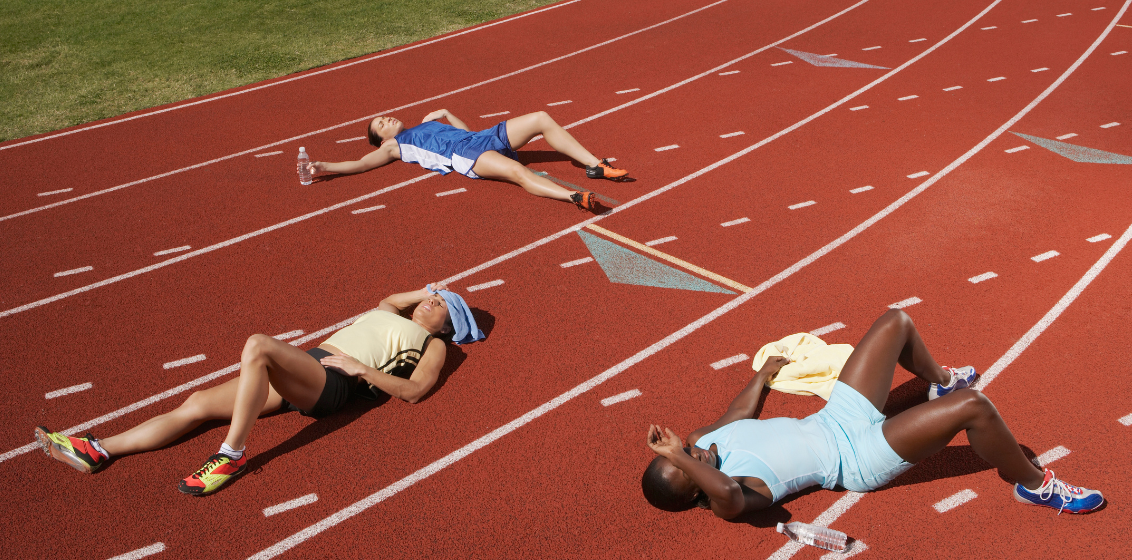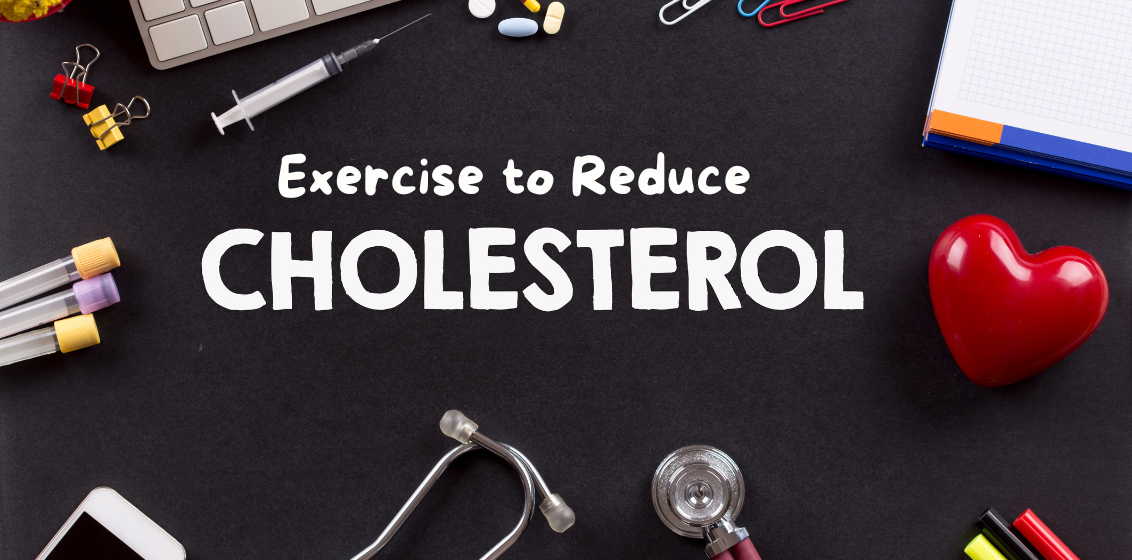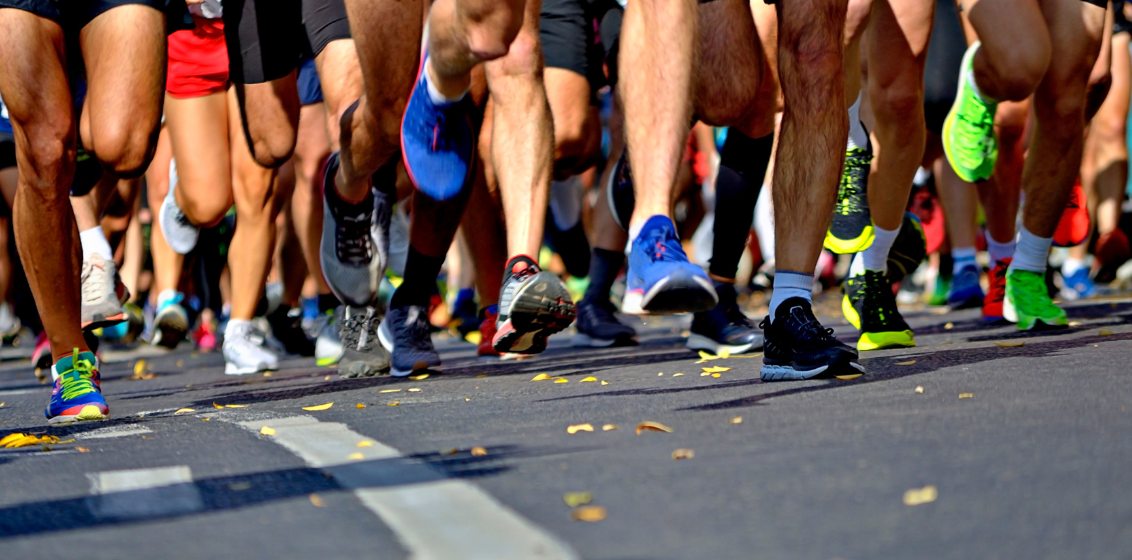Achilles Tendon Tips

Achilles pain is one of the most common running injuries and particularly affects older runners or those running long distances. Rather than calling it Achilles tendinitis, which suggests inflammation easily helped by drugs, this is now known as Achilles tendinopathy, which describes Achilles tendon pain due to changes in the structure and function of the tendon and aggravated by increased load. Read on for 5 tips you may think are crazy for settling down a cranky Achilles
Here’s Five Tips we’d love you to know if you have a sore Achilles:
- Don’t Stretch. Most cases of Achilles tendon pain won’t be helped by stretching your calves, in fact it may be one of the things that is aggravating your Achilles. We don’t routinely recommend stretching for Achilles tendinopathy, especially if your pain is right where the Achilles attaches to the heel bone (aka Insertional tendinopathy)
- Stay off the sand. Many people with Achilles pain head for grass or sand to try and reduce impact. Unfortunately, sore tendons are stretchier than healthy tendons and the soft surface especially in sandhills combines increased stretch AND increased muscle contractions to increase load on tendons. As a result, sand running increases the risk of tendon pain TENFOLD! Running on asphalt halves the risk of Achilles tendinopathy.
- Get strong to run long! A major part of good rehab programs for Achilles pain is a specific progression of Calf and Achilles strengthening exercises. These differ depending what sort of Achilles you have: “degenerative”, “reactive”, “reactive on degenerative”, “insertional” or “mid-portion” Achilles tendinopathy. Leave that technical stuff to us, we’ve developed a fantastic Achilles Tendon Clinical Pathway with an algorithm we use for diagnosis, exercise selection and progression.
- Take it easy on the treadmill. Treadmill running is almost the same as running outside. One difference is that it increases peak forces in the Achilles by 21%! This will increase even more if you run at a gradient instead of flat.
- Work on stiffening up your springs. Older tendons and injured tendons become sloppier and stretchier; they lose stiffness. Once we’ve made your springs stronger, we need to make them springier. We’ll use some specific plyometric exercises to help with this as the last step before setting you free into the wild to run again
We’ve developed a fantastic Achilles Tendon Clinical Pathway with an algorithm we use for diagnosis, staging, rehab and progression milestones. We love this stuff and have used the best available science to make it simpler for us to help get you back to doing what you love
If you’d like some more information, we’ve developed a factsheet “10 Things NOT to do for lower limb tendon pain”. Click HERE to grab a copy and make sure you’re not making these mistakes.
To really get moving in the right direction, book an assessment consultation with one of our expert Physiotherapists to get the right rehab plan started for you. Simply call us on 9548 3372 or click the link to book online



